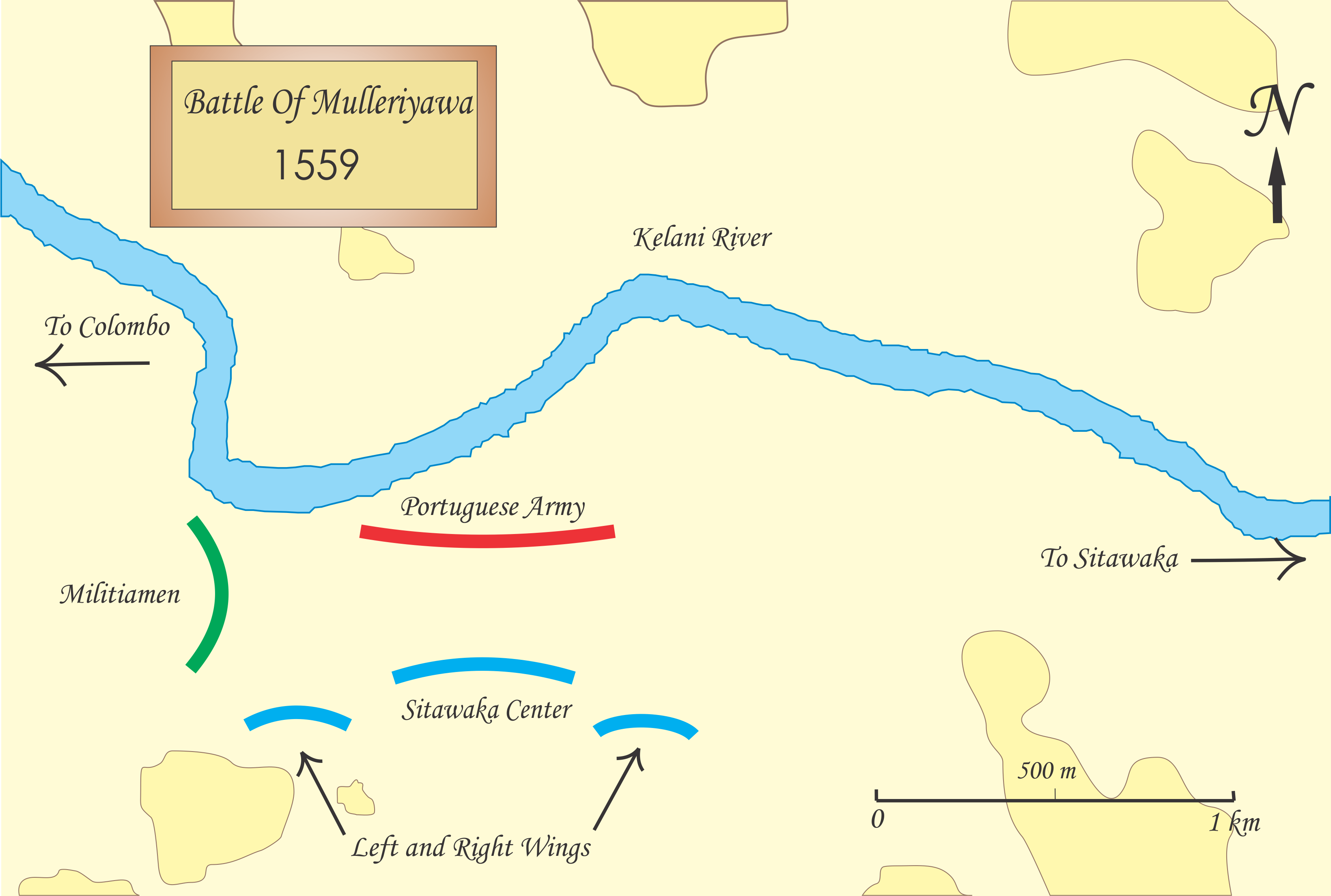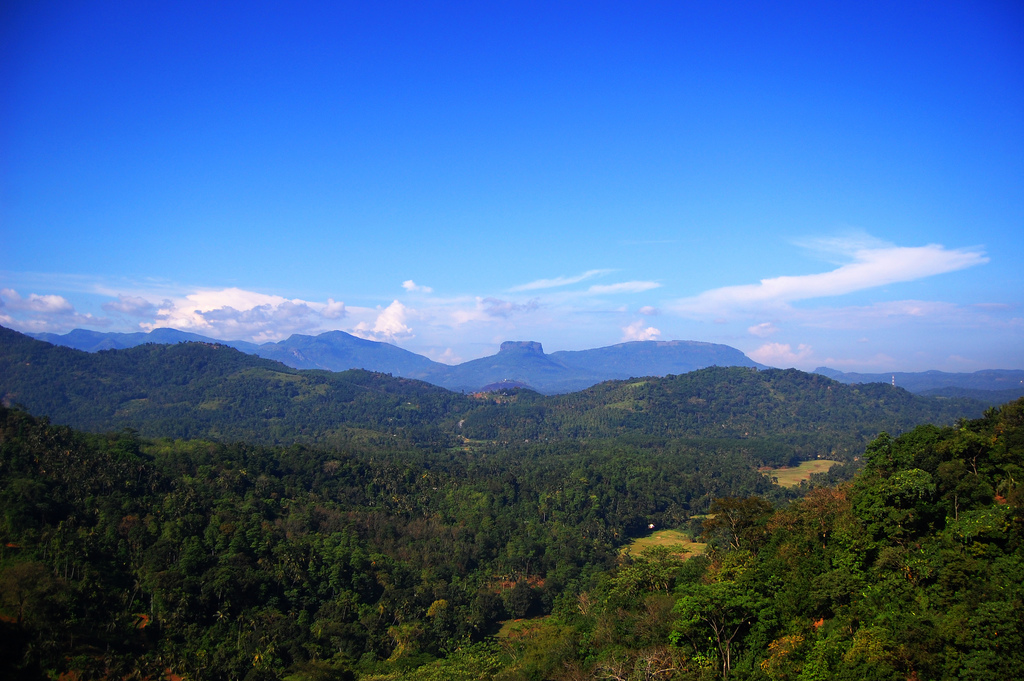|
João De Correia De Brito
João de Correia de Brito was the 15th Captain-major of Portuguese Ceylon. Brito was appointed in 1583 under Philip I of Portugal, he was Captain-major until 1590. He was succeeded by Simão de Brito. Against overwhelming odds at the second siege of Colombo by Rajasinha I of Sitawaka in 1587, Brito successfully defended the last Portuguese garrison and king Dharmapala of Kotte stationed at Colombo fort. The garrison consisted of about 300 Portuguese soldiers and forces loyal to Dharmapala. In 1594 the Portuguese and Kotte forces went on to capture the Kingdom of Sitawaka after the Portuguese conquest of the Jaffna kingdom in 1591. in 1656 the Dutch Dutch commonly refers to: * Something of, from, or related to the Netherlands * Dutch people () * Dutch language () Dutch may also refer to: Places * Dutch, West Virginia, a community in the United States * Pennsylvania Dutch Country People E ... captured Colombo. References {{DEFAULTSORT:Brito, Joao de Correia de ... [...More Info...] [...Related Items...] OR: [Wikipedia] [Google] [Baidu] |
Philip I Of Portugal
Philip II) in Spain, while in Portugal and his Italian kingdoms he ruled as Philip I ( pt, Filipe I). (21 May 152713 September 1598), also known as Philip the Prudent ( es, Felipe el Prudente), was King of Spain from 1556, King of Portugal from 1580, and King of Naples and Sicily from 1554 until his death in 1598. He was ''jure uxoris'' King of England and Ireland from his marriage to Queen Mary I in 1554 until her death in 1558. He was also Duke of Milan from 1540. From 1555, he was Lord of the Seventeen Provinces of the Netherlands. The son of Emperor Charles V and Isabella of Portugal, Philip inherited his father's Spanish Empire in 1556 and succeeded to the Portuguese throne in 1580 following a dynastic crisis. The Spanish conquests of the Inca Empire and of the Philippines, named in his honor by Ruy López de Villalobos, were completed during his reign. Under Philip II, Spain reached the height of its influence and power, sometimes called the Spanish Golden Age, and ruled ... [...More Info...] [...Related Items...] OR: [Wikipedia] [Google] [Baidu] |
Manuel De Sousa Coutinho
Manuel de Sousa Coutinho (1540–1591) was the 14th Captain-major of Portuguese Ceylon. Coutinho was appointed in 1578 under Sebastian of Portugal Sebastian ( pt, Sebastião I ; 20 January 1554 – 4 August 1578) was King of Portugal from 11 June 1557 to 4 August 1578 and the penultimate Portuguese monarch of the House of Aviz. He was the son of João Manuel, Prince of Portugal, and hi ..., he was Captain-major until 1583. He was succeeded by João de Correia de Brito. References {{Captain-majors of Ceilão Captain-majors of Ceilão 16th-century Portuguese people 1540 births 1591 deaths ... [...More Info...] [...Related Items...] OR: [Wikipedia] [Google] [Baidu] |
Simão De Brito
Simão de Brito was the 16th Captain-major of Portuguese Ceylon. Brito was appointed in 1590 under Philip I of Portugal Philip II) in Spain, while in Portugal and his Italian kingdoms he ruled as Philip I ( pt, Filipe I). (21 May 152713 September 1598), also known as Philip the Prudent ( es, Felipe el Prudente), was King of Spain from 1556, King of Portugal from ..., he was Captain-major until 1591. He was succeeded by Pedro Homem Pereira. References Captain-majors of Ceilão 16th-century Portuguese people {{Portugal-bio-stub ... [...More Info...] [...Related Items...] OR: [Wikipedia] [Google] [Baidu] |
Captain-major
A donatary captain was a Portuguese colonial official to whom the Crown granted jurisdiction, rights, and revenues over some colonial territory. The recipients of these grants were called (donataries), because they had been given the grant as a (donation) by the king, often as a reward for service.Johnson 1972 The term also applied as the rank title of the field officer that was in charge of a captaincy (group of companies) of the , the Portuguese territorial militia that existed from the 16th to the 19th centuries. Captaincy system Due to the impossibility of exercising direct control and sovereignty over overseas territories, the captain-major was the channel by which the monarch could delegate his powers, with certain restrictions, under the responsibility of peoples he felt he could confide. The could administer, in the sovereign's name, the lands for which he was assigned, with all the regalia, rights, and obligations, with the exception of certain limits, including milita ... [...More Info...] [...Related Items...] OR: [Wikipedia] [Google] [Baidu] |
Portuguese Ceylon
Portuguese Ceylon ( pt, Ceilão Português, Sinhala: පෘතුගීසි ලංකාව ''Puruthugisi Lankawa'', Tamil: போர்த்துக்கேய இலங்கை ''Porthukeya Ilankai'') is the name given to the territory on Ceylon, modern-day Sri Lanka, controlled by the Portuguese Empire between 1597 and 1658. Portuguese presence in the island lasted from 1505 to 1658. Their arrival was largely accidental, and the Portuguese sought control of commerce, rather than territory. The Portuguese were later drawn into the internal politics of the island with the political upheaval of the Wijayaba Kollaya, and used these internal divisions to their advantage during the Sinhalese–Portuguese War, first in an attempt to control the production of valuable cinnamon and later of the entire island. Direct Portuguese rule did not begin until after the death of Dharmapala of Kotte, who died without an heir, and had bequeathed the Kingdom of Kotte to the Portuguese mon ... [...More Info...] [...Related Items...] OR: [Wikipedia] [Google] [Baidu] |
Rajasinha I Of Sitawaka
Rajasinghe I ( Sinhala:පළමුවන රාජසිංහ) was a king of Sitawaka, known for his patriotism and fight against the Portuguese invasion of Sri Lanka. Born as Tikiri Bandara to King Mayadunne, he received the name "Rajasinha" (meaning ''the Lion King'') after the fierce Battle of Mulleriyawa. Ascent to throne Generally, the recorded period of Rajasinha's reign starts from 1581 to 1592. However, as per Portuguese navigator De Queros, Mayadunne had turned the kingdom over to Rajasinha in 1578 before his death in 1581. There are various narratives surrounding Rajasinha's role in his father's death. As per Thibbotuwawe Buddharakhitha's Mahawamsa(Chapter 4) written during the reign of Kirti Sri Rajasinha of Kandy, Rajasinha killed him. Minor Rajawaliya wrote that his patricide was considered an irreversible anantharya karma by Buddhist monks, so conflicts arose between him and the monks. As a result, he followed an anti-Buddhist line. However, others believe t ... [...More Info...] [...Related Items...] OR: [Wikipedia] [Google] [Baidu] |
Dharmapala Of Kotte
Dharmapala or Dom João Dharmapala Peria Bandara (1541 – 27 May 1597) was last king of the Kingdom of Kotte, in present-day Sri Lanka, from 1551 until 27 May 1597. He is also known as Dom João Dharmapala, the first Christian king in Sri Lankan history. He is widely known as the last true King and ruler of the capital city Kotte; under Portuguese military occupation, he attempted to reorganise his military and pursue a treaty with the Portuguese to save the Sinhalese Kingdom. Birth Dom João Dharmapala (Don John Dharmapala) was born as the eldest child of Weediye Bandara, a Prince from Madampe and his wife Samudra Devi, daughter of King Bhuvanekabãhu VII the King of Kotte. His exact date of birth is unknown, but the year is commonly regarded as 1541. A golden statue was sent to Portugal to be crowned by the Portuguese. It was sent by his predecessor King Bhuvanekabahu VII. Dharmapala's descendants include the Goonewardene & Rodrigo families of Kalutara who are of Karava c ... [...More Info...] [...Related Items...] OR: [Wikipedia] [Google] [Baidu] |
Colombo Fort
Fort (Colombo) (; ) is the central business district of Colombo in Sri Lanka. It is the financial district of Colombo and the location of the Colombo Stock Exchange (CSE) and the World Trade Centre of Colombo from which the CSE operates. It is also the location of the Bank of Ceylon headquarters. Along the foreshore of the Fort area is the Galle Face Green Promenade, built in 1859 under the governance of Sir Henry George Ward, the Governor of Ceylon (Sri Lanka) during British colonial era. Fort is also home to the General Post Office, hotels, government departments and offices. History Known as ''Kolonthota'', the area became notable as the site of the first landings of the Portuguese in the early 16th century and became one of their trading posts in the island. The Portuguese developed their trading post into a fortified base and harbour to extend their control of the interior of the island. A detailed account of the first Portuguese settlement and fort can be found in the ... [...More Info...] [...Related Items...] OR: [Wikipedia] [Google] [Baidu] |
Kingdom Of Sitawaka
The Kingdom of Sitawaka ( si, සීතාවක, ta, சீீீதாவாக்கை இராசதானி) was a kingdom located in south-central Sri Lanka. It emerged from the division of the Kingdom of Kotte following the Spoiling of Vijayabahu in 1521. Over the course of the next seventy years it came to dominate much of the island. Sitawaka also offered fierce resistance to the Portuguese, who had arrived on the island in 1505. Despite its military successes, Sitawaka remained unstable, having to contend with repeated uprisings in its restive Kandyan territories, as well as a wide-ranging and often devastating conflict with the Portuguese. Sitawaka disintegrated soon after the death of its last king Rajasimha I in 1593. History Foundation The Kingdom of Kotte had been the major power in western Sri Lanka since its foundation in the early 15th century; under Parakaramabahu VI, the polity has been the last to unite the entirety of the island of Sri Lanka under ... [...More Info...] [...Related Items...] OR: [Wikipedia] [Google] [Baidu] |
Portuguese Conquest Of The Jaffna Kingdom
The Portuguese conquest of the Jaffna kingdom occurred after Portuguese traders arrived at the rival Kotte Kingdom in the southwest of modern Sri Lanka in 1505. Many kings of Jaffna, such as Cankili I, initially confronted the Portuguese in their attempts at converting the locals to Roman Catholicism, but eventually made peace with them. By 1591, the king of Jaffna Ethirimanna Cinkam was installed by the Portuguese. Although he was nominally a client, he resisted missionary activities and helped the interior Kandyan kingdom in its quest to get military help from South India. Eventually, a usurper named Cankili II resisted Portuguese overlordship only to find himself ousted and hanged by Phillippe de Oliveira in 1619. The subsequent rule by the Portuguese saw the population convert to Roman Catholicism. The population also decreased due to excessive taxation, as most people fled the core areas of the former kingdom. Initial contact Portuguese traders reached Sri Lanka in 150 ... [...More Info...] [...Related Items...] OR: [Wikipedia] [Google] [Baidu] |
Dutch Ceylon
Dutch Ceylon ( Sinhala: Tamil: ) was a governorate established in present-day Sri Lanka by the Dutch East India Company. Although the Dutch managed to capture most of the coastal areas in Sri Lanka, they were never able to control the Kandyan Kingdom located in the interior of the island. Dutch Ceylon existed from 1640 until 1796. In the early 17th century, Sri Lanka was partly ruled by the Portuguese and Sri Lankan kingdoms, who were constantly battling each other. Although the Portuguese were not winning the war, their rule was rather burdensome to the people of those areas controlled by them. While the Portuguese were engaged in a long war of independence from Spanish rule, the Sinhalese king (the king of Kandy) invited the Dutch to help defeat the Portuguese. The Dutch interest in Ceylon was to have a united battle front against the Iberians at that time. History Background The Portuguese The Dutch were invited by the Sinhalese to help fight the Portuguese. They signed ... [...More Info...] [...Related Items...] OR: [Wikipedia] [Google] [Baidu] |





